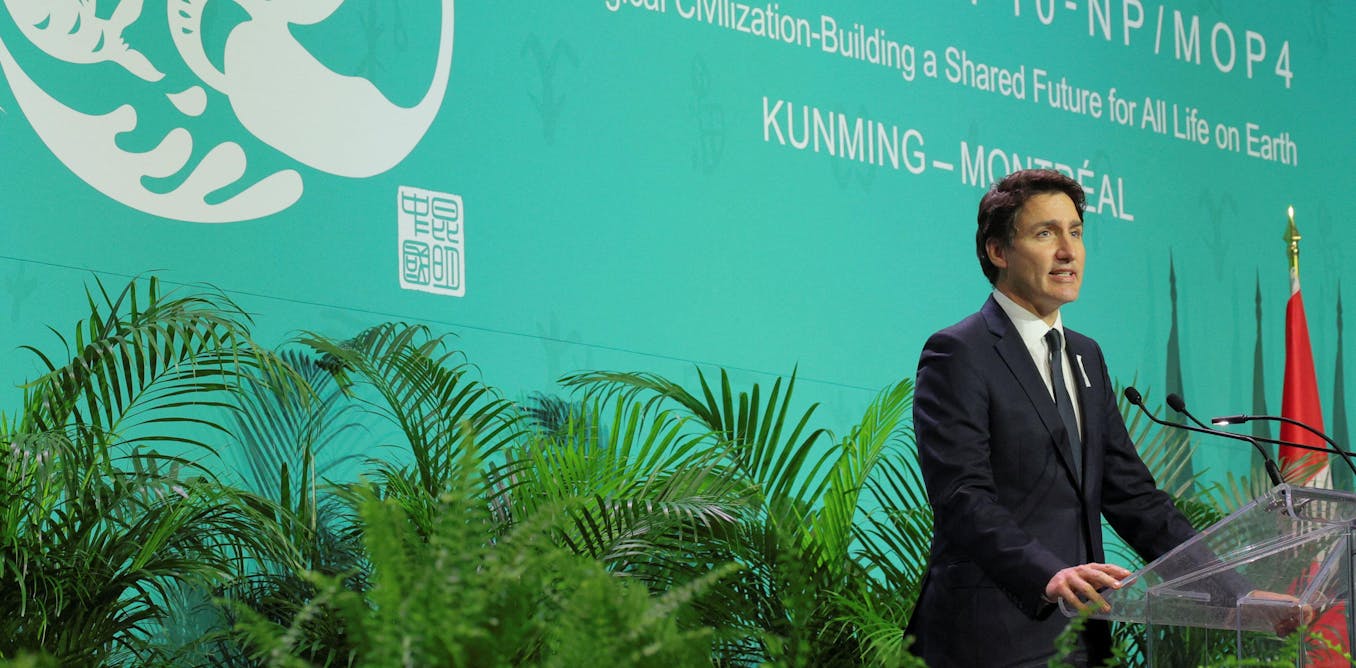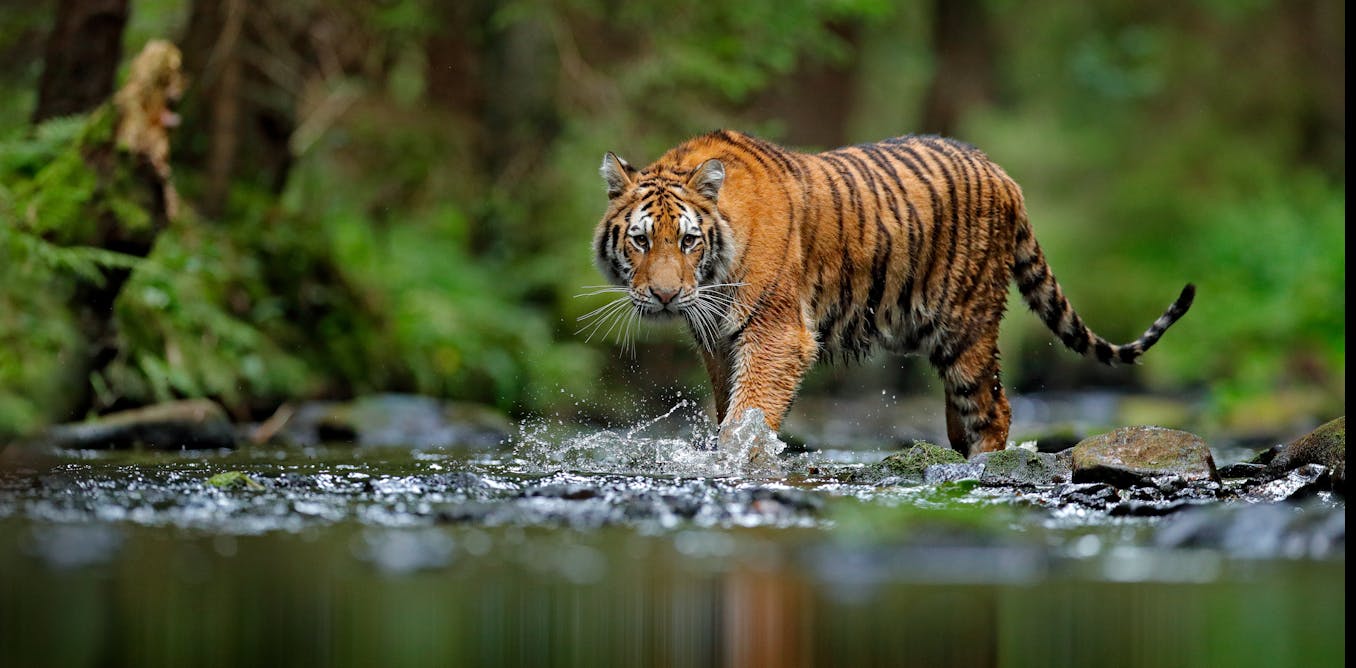Artificial insemination in captive lions is bad news for conservation
Presenting accounts of technological success in captive lion breeding against the backdrop of rapidly diminishing wildlife loss lets humans off the hook too easily.
Feb. 26, 2021 • 6 min • Source
It is tempting to believe that technology will save the day when it comes to environmental and wildlife conservation crises. The recent success story of a lion cub, Simba, born at Singapore zoo as a result of artificial insemination, is a case in point.
It was widely reported as a success for wildlife conservation. But presenting accounts of technological success against the backdrop of rapidly diminishing wildlife loss could do more harm than good.
The psychologist Robert Gifford called this “technosalvation” in his 2008 study of psychological barriers . Gifford outlines the psychological and cognitive barriers (what he calls “Dragons of Inaction”) that impede human behaviour in response to challenges like climate change.
The argument is simple. While technology has improved our standards of living, overconfidence in its ability to solve complex environmental problems becomes a psychological barrier for human behaviour change. The philosophy that “we don’t need to do anything to save the planet because technology will do it for us” is attractive because it absolves us of responsibility. In other words, it’s a quick fix.
Gifford was writing about human inaction with respect to climate change but I believe technosalvation is also having an effect on conservation.
When Simba the lion cub was born in October 2020 – as a result of artificial insemination – his 20-year-old father, Mufasa, didn’t survive the electro-ejaculation procedure required to extract his semen.
Simba wasn’t the first lion cub bred this way. The world first occurred in September 2018, at Ukutula Conservation Center, in South Africa, with the arrival of Victor and Isabel to similar worldwide press fanfare .
There are scientific and moral arguments for and against this procedure in lions. Lions breed easily in the wild and captivity , when given the opportunity. So why do we need more of them?
Willi Jacobs, owner of Ukutula, responded to a “misunderstanding” on the part of the public about the value of such technological advances. He claimed that their aim was not to increase lion numbers, but to offer a conservational tool to increase numbers of other more endangered cat populations, such as the Scottish wildcat , the Asiatic golden cat and the black-footed cat .
It is difficult to argue against the usefulness of having this particular tool in the conservation toolbox. But what is concerning is that these stories of technological wizardry are reported, or inferred, as success stories for wildlife conservation. And wildlife conservation is oversimplified as a problem of numbers.
Both the Singapore and the Ukutula cases have been framed as such. The events were reported against a backdrop of rapidly diminishing wild lion numbers. And it’s true that according to the International Union for Conservation of Nature, more than 40% of the wild lion population has disappeared in the last 20 years. Current estimates show wild lion numbers stand between 23,000 and 30,000 .

Against this gloomy backdrop, it is tempting to infer that the silver technological bullet in the conservation toolbox will save the day and if numbers get too low of a threatened animal species, science can make more of them. Problem solved.
Dragons and shortcuts
But this is the the kind of thinking that feeds the “Dragons of Inaction” Gifford warned of. Psychological research has shown how humans use cognitive shortcuts to simplify their interaction with the world. For example, the frequency, importance and likelihood of events are judged on the basis of how easily they can be brought to mind.
So humans are selective. We respond to immediate, highly visible and personal dangers while discounting long term and less visible risks. Humans are essentially short term reactors, rather than long term planners. Consequently, the slow creep of environmental degradation and biodiversity loss was not on our radar. We didn’t notice it quickly enough.
Technology won’t fix the quirks in human behaviour responsible for the drop in wild lion numbers. Quirks including, loss of habitat , loss of prey due to increased competition for space and food with humans, desertification , disease and hunting . All these issues require a change in human behaviour.
Changing the way humans think and behave is fundamental to protecting and restoring wild lion populations. Anything else is a diversion of attention and resources.
So it’s fine to applaud technological advances, such as artificial insemination in lions. But it needs to be seen in context and it needs to be recognised that it is not a success stories for wildlife conservation. The complexity of biodiversity loss – and our collective responsibility for it – needs to be addressed because technosalvation won’t save the day. Changing the way we think and behave, will.
Jackie Abell received funding from Coventry University (2016) for research work on human-wildlife conflict (lions) in Zimbabwe. I am a member of the African Lion Working Group. I'm also a member of the IUCN Conservation Planning Specialist Group.



